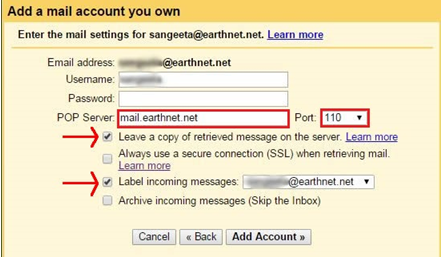
Both plans cost at least $250 per month, with increased rates if you need more high-speed data. Both have data caps, and both require a spendy high-performance receiver. Starlink’s most expensive plans are now named Priority plans, and there’s one for fixed locations and one for use on the go. These standard plans aren’t subject to official data caps, which is a nice change! If you go with the mobile option, you can pause it month to month but your traffic will be deprioritized relative to home and priority users. The Mobile plan is intended for RVs and travelers. Its Standard plan is decent for home internet if you don’t have any fiber or cable internet options, but it will cost $90–$120. Starlink offers a variety of internet plans in four main categories: Standard, Priority, Mobile, and Mobile Priority.

This also means EarthLink may end up slightly less expensive if you intend to keep it for a couple of years.

#Earthnet google plus#
EarthLink doesn’t do this, which is a plus in our book. For example, when AT&T or Spectrum quote you a price, it’s often for an introductory period of 12 or 24 months, after which that price may increase (sometimes dramatically). The other reason is that EarthLink skips the usual promotional pricing most ISPs advertise. In return, you’re promised a better customer experience.

This costs EarthLink money, and some of this naturally gets passed down to customers. Instead, it partners with other local DSL and fiber internet providers, like AT&T and Frontier, and uses their infrastructure. That said, there are actually legitimate reasons for this.įirst, EarthLink doesn’t actually have its own internet infrastructure. Depending on the area, the difference can be as little as a few dollars per month, but it’s still there. There’s no getting around it: EarthLink prices are almost always higher than the competition.


 0 kommentar(er)
0 kommentar(er)
